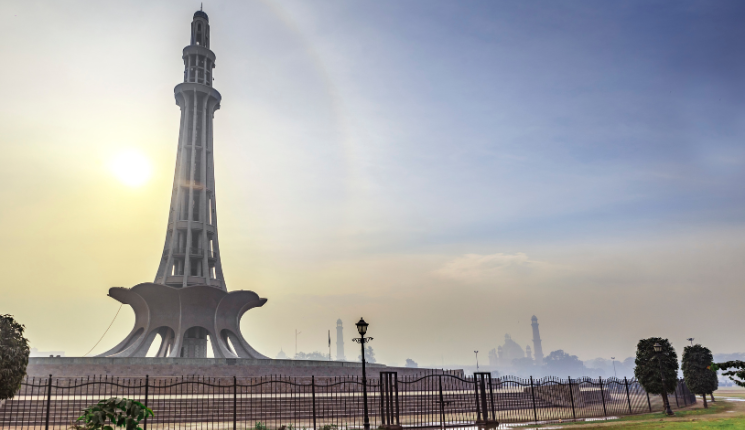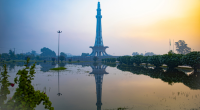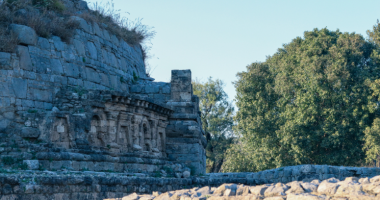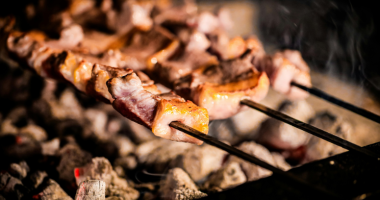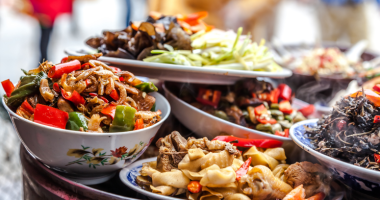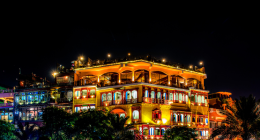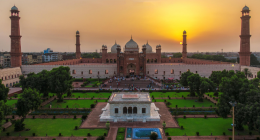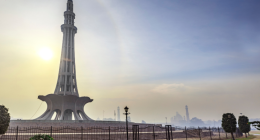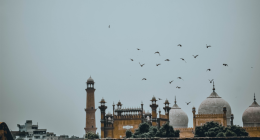From the smoky grills of old town alleys to fragrant family kitchens passed down generations, Lahore’s culinary traditions are as flavorful as its cultural charm. This ancient city in Pakistan is famous for more than its architecture and poetry—it’s a city that celebrates food with an unmatched passion. Whether you’re strolling down Fort Road Food Street or savoring a home-cooked nihari, you’re not just eating—you’re experiencing Lahore’s soul.
Let’s take a flavorful journey through this food-loving city and uncover the cultural roots, legendary dishes, and stories behind them.
Lahore’s Culinary Traditions in Punjab’s Heart
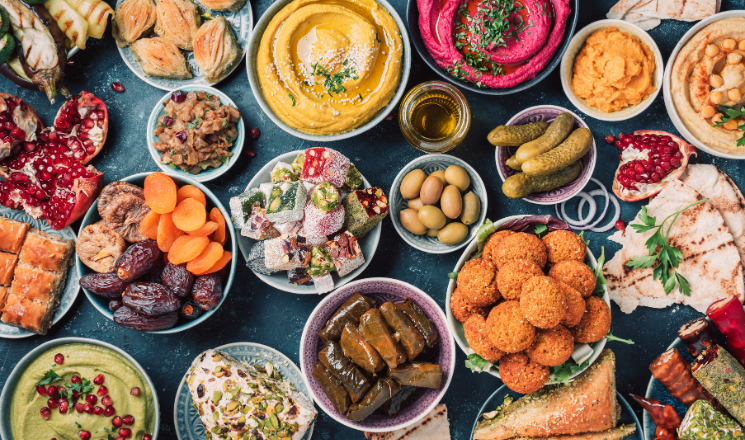
Punjab’s cuisine is known for its bold spices, deep flavors, and hearty portions. Lahore, being its cultural capital, naturally became the center of Lahore’s culinary traditions. Every dish here, from spicy chana chaat to buttery chicken karahi, carries centuries of cooking techniques that blend Mughal, Persian, and South Asian influences.
Because Lahore has always been a melting pot of different cultures, the food reflects that diversity. Spices like cardamom, cinnamon, and black pepper often take center stage. So do slow-cooking methods, especially in dishes like haleem or paya.
In many homes, recipes are passed down from grandmothers to grandchildren. Interestingly, even though the ingredients remain the same, every household has its unique twist.
Street Food Reflecting Culinary Heritage
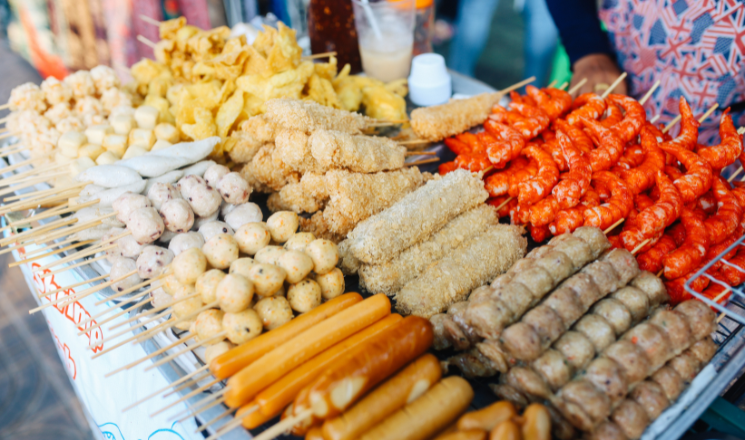
One of the best ways to experience Lahore’s culinary traditions is through its street food. The streets never sleep, and neither do the food stalls. The aroma of grilling kebabs or simmering curries fills the night air, making it impossible to walk by without stopping for a taste.
Start your journey at Gawalmandi Food Street—a hub of traditional Lahore flavors. From gol gappay to tikka boti, this place offers it all. And don’t miss Butt Karahi, a spot many locals swear by for its spicy tomato-based chicken dish.
Moreover, vendors often specialize in just one item, perfecting it over decades. These dishes, although cheap and fast, are rich in history and flavor. With every bite, you’re tasting years of practice and love.
Transitioning from snacks to desserts, Amritsari Hareesa and jalebi shops line the streets too, ensuring that your meal ends on a sweet note.
Family Recipes in Lahore’s Culinary Traditions
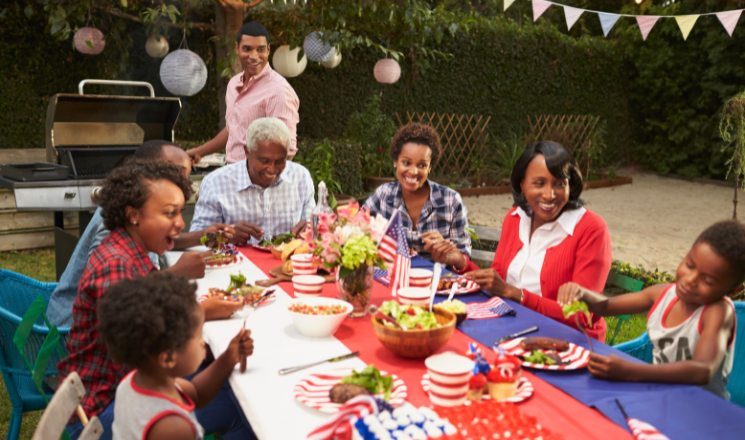
While food stalls are exciting, many of Lahore’s culinary traditions thrive quietly at home. Recipes are often guarded family secrets, cooked during festivals or family gatherings. These meals aren’t just about taste—they’re about memories and love.
Take saag for example, a slow-cooked spinach dish made in clay pots during winter. Served with makai ki roti (corn flatbread) and fresh butter, it connects families to the land and their ancestors.
Often, grandmothers use no written recipes—just instinct and experience. That’s how traditional dishes like murgh cholay or yakhni pulao continue to taste the same, year after year.
Even wedding food has its traditional flair. Dishes like zarda (sweet rice) and qorma still appear on menus to honor cultural roots.
Religious Festivals and Food
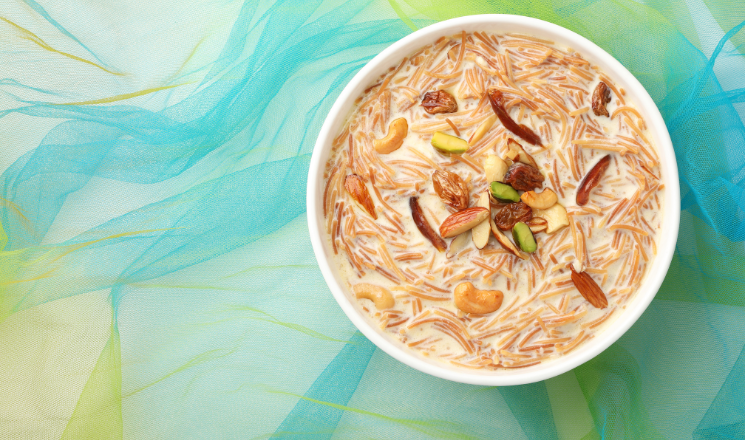
In Lahore, food plays a central role in religious and cultural celebrations. During Ramadan, the city lights up with stalls offering everything from pakoras to dates. Iftar tables in homes are loaded with family favorites and new recipes alike.
Eid-ul-Fitr brings with it a parade of sweets—sheer khurma, seviyan, and hand-made treats for guests. On Eid-ul-Adha, the focus shifts to meat dishes like barbecue platters and mutton biryani, reflecting the sharing spirit of the occasion.
Moreover, these traditions go beyond religion. Food becomes a symbol of unity. Neighbors, friends, and families gather to share meals, creating lasting bonds.
The Mughal Influence on Cuisine
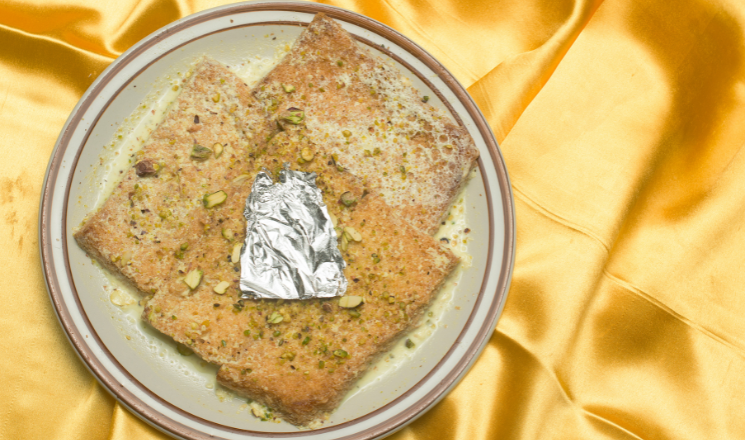
Historically, Lahore was one of the Mughal Empire’s most prized cities. Naturally, the royal touch influenced its food as well. Many of Lahore’s culinary traditions trace back to Mughal kitchens.
Take Shahi Tukray, a rich bread pudding, or Mughlai Korma, which combines yogurt, spices, and nuts for a luxurious flavor. These dishes were created for kings but are now enjoyed in homes and restaurants.
Furthermore, Badshahi Mosque and Lahore Fort still stand as symbols of that era. After a visit, stop by nearby eateries offering royal recipes that once graced emperor’s tables.
Even today, Lahore’s fine dining restaurants like Coco’s Den or Andaaz feature Mughal-inspired menus, keeping that legacy alive.
Modern Twists on Traditional Dishes

Interestingly, while tradition remains strong, a new wave of chefs and home cooks are experimenting. Fusion is in. You’ll now find biryani burgers or tikka tacos in Lahore’s growing café culture.
This blend of old and new keeps Lahore’s culinary traditions dynamic and relevant. For instance, app like Foodpanda have made these fusion foods accessible citywide. Whether you’re craving a traditional mutton karahi or a modern take like butter chicken pizza, it’s all a tap away.
Because younger generations appreciate both heritage and innovation, Lahore’s food scene remains vibrant and future-forward.
Where to Explore Lahore’s Culinary Traditions
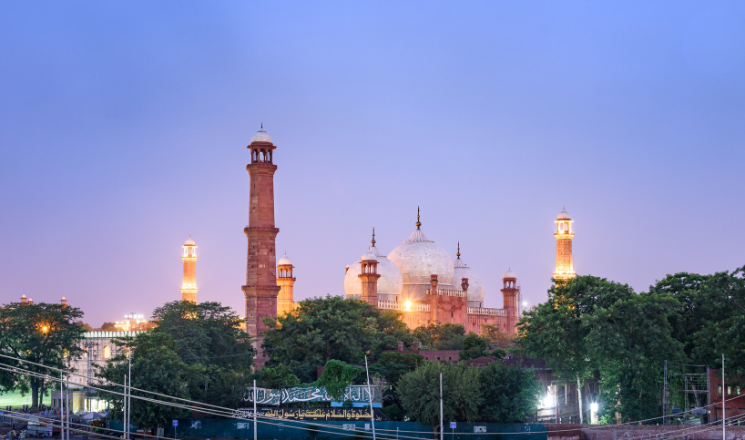
If you’re planning to explore the food scene, here are a few must-visit places:
- Fort Road Food Street – For a scenic, traditional dinner with views of the Badshahi Mosque
- Anarkali Bazaar – One of Asia’s oldest markets, offering snacks like samosas, falooda, and more
- Cuckoo’s Den – A cultural restaurant built inside a historic haveli, ideal for traditional cuisine and heritage vibes
- Lakshmi Chowk – Known for iconic tikka and kebabs from generations-old shops
Each of these places reflects both the past and present of Lahore’s culinary traditions.
Keeping Culinary Heritage Alive
Finally, as Lahore modernizes, it also fights to preserve its food culture. Projects by food historians and digital creators aim to document old recipes and cooking methods. Social media pages like “Pakistan Eats” and YouTube channels featuring local chefs bring these traditions to global audiences.
Meanwhile, food festivals across Lahore spotlight forgotten dishes, reviving old favorites and passing them on to new generations. Many schools and culinary institutes now offer heritage food courses, teaching students not just how to cook, but why it matters.
Because food in Lahore is more than nourishment—it’s identity, memory, and pride.
Final Thoughts on Lahore’s Flavorful Heritage
In every bustling market, every quiet kitchen, and every family celebration, Lahore’s culinary traditions continue to thrive. They are not just about what’s on the plate—they’re about the story behind each spice, the history in every bite, and the love passed down through generations.
So whether you’re a local foodie or a curious traveler, come with an empty stomach and an open heart. Lahore will feed you, and it will do so generously.
Because here, food isn’t just a meal—it’s a celebration of culture.

